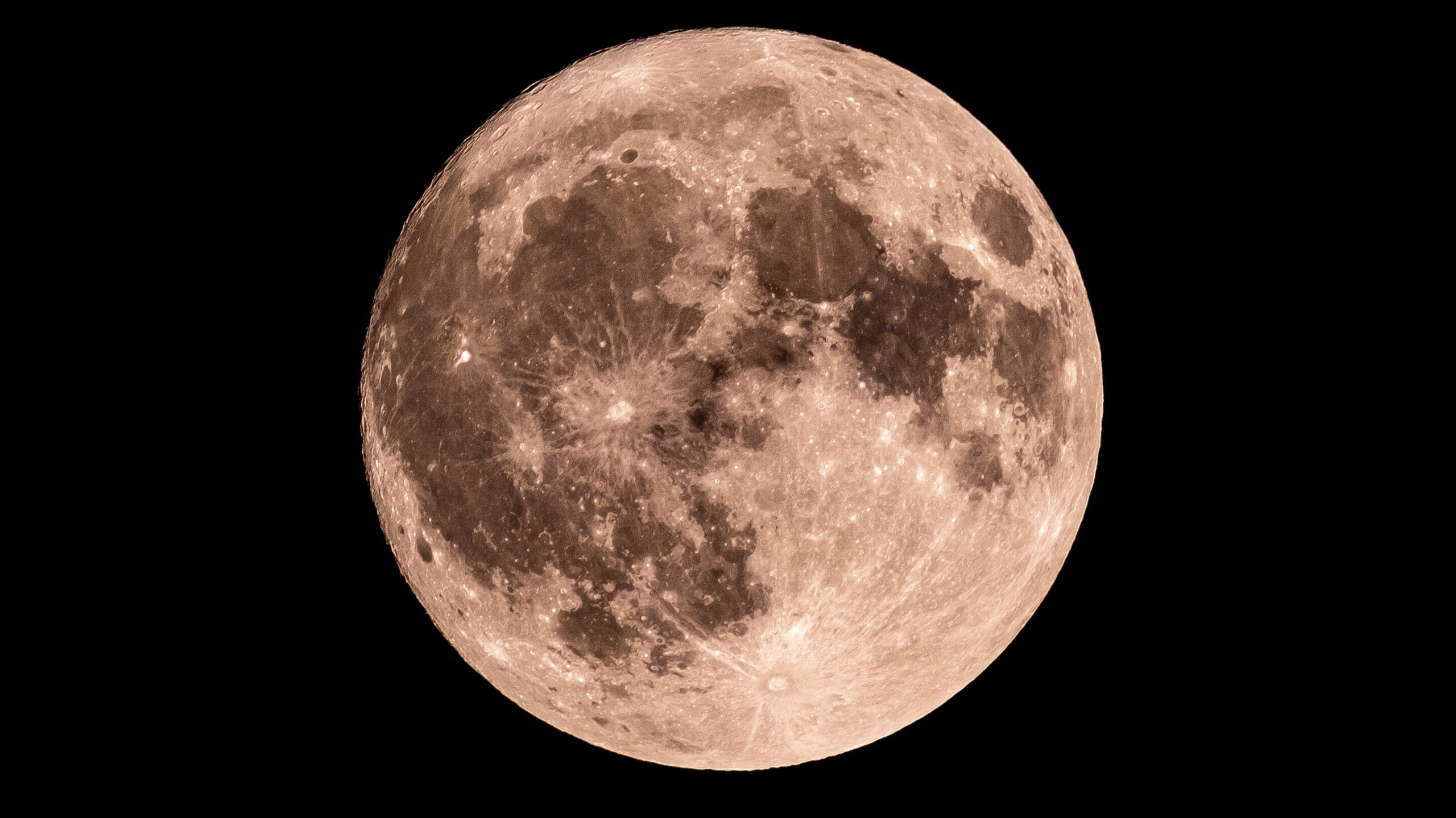Science
Discover Tonight’s Waning Crescent Moon on July 22, 2025

Tonight, July 22, 2025, the moon will be in its Waning Crescent phase, appearing almost entirely hidden from view. According to data from NASA, only approximately 7% of the moon’s surface will be visible to observers on Earth. This marks day 27 of the lunar cycle, during which the moon will be difficult to see without the aid of binoculars or a telescope.
For those equipped with the right tools, tonight presents an opportunity to glimpse the impressive Grimaldi Basin. This massive impact feature on the moon’s surface boasts an outer wall comparable in length to the Grand Canyon, making it a point of interest for amateur astronomers.
Understanding Moon Phases
The moon’s visibility changes due to its 29.5-day lunar cycle, which is determined by the relative positions of the Sun, Earth, and Moon. Throughout this cycle, different phases emerge as varying portions of the moon are illuminated by sunlight. The full spectrum of moon phases includes:
– **New Moon**: The moon is positioned between Earth and the Sun, rendering it invisible.
– **Waxing Crescent**: A small sliver of illumination appears on the right side.
– **First Quarter**: Half of the moon is lit, creating a half-moon appearance.
– **Waxing Gibbous**: More than half of the moon is illuminated but it is not yet full.
– **Full Moon**: The entire surface of the moon is visible and illuminated.
– **Waning Gibbous**: The moon begins to lose light on the right side.
– **Last Quarter**: Half of the moon is lit again, now on the left side.
– **Waning Crescent**: A thin crescent remains visible before the moon goes dark again.
As we move closer to the next full moon, scheduled for August 9, 2025, tonight’s Waning Crescent reminds us of the dynamic nature of our lunar companion. The last full moon occurred on July 10, 2025, demonstrating the continuous cycle of lunar phases that captivates skywatchers around the globe.
Viewing Tips
For those interested in observing the moon throughout its phases, timing is key. During the Waning Crescent, the moon will rise later in the night and set before dawn, offering limited viewing hours. Binoculars or a telescope will enhance the experience, allowing enthusiasts to appreciate the intricate details of the moon’s surface, including features like the Grimaldi Basin.
As night falls, step outside to witness the silent dance of the moon through its phases. Whether you’re a seasoned stargazer or a curious observer, the moon offers a captivating spectacle worth exploring.
-

 Health3 months ago
Health3 months agoNeurologist Warns Excessive Use of Supplements Can Harm Brain
-

 Health3 months ago
Health3 months agoFiona Phillips’ Husband Shares Heartfelt Update on Her Alzheimer’s Journey
-

 Science2 months ago
Science2 months agoBrian Cox Addresses Claims of Alien Probe in 3I/ATLAS Discovery
-

 Science2 months ago
Science2 months agoNASA Investigates Unusual Comet 3I/ATLAS; New Findings Emerge
-

 Science1 month ago
Science1 month agoScientists Examine 3I/ATLAS: Alien Artifact or Cosmic Oddity?
-

 Entertainment5 months ago
Entertainment5 months agoKerry Katona Discusses Future Baby Plans and Brian McFadden’s Wedding
-

 Science1 month ago
Science1 month agoNASA Investigates Speedy Object 3I/ATLAS, Sparking Speculation
-

 Entertainment4 months ago
Entertainment4 months agoEmmerdale Faces Tension as Dylan and April’s Lives Hang in the Balance
-

 World3 months ago
World3 months agoCole Palmer’s Cryptic Message to Kobbie Mainoo Following Loan Talks
-

 Science1 month ago
Science1 month agoNASA Scientists Explore Origins of 3I/ATLAS, a Fast-Moving Visitor
-

 Entertainment2 months ago
Entertainment2 months agoLewis Cope Addresses Accusations of Dance Training Advantage
-

 Entertainment3 months ago
Entertainment3 months agoMajor Cast Changes at Coronation Street: Exits and Returns in 2025









